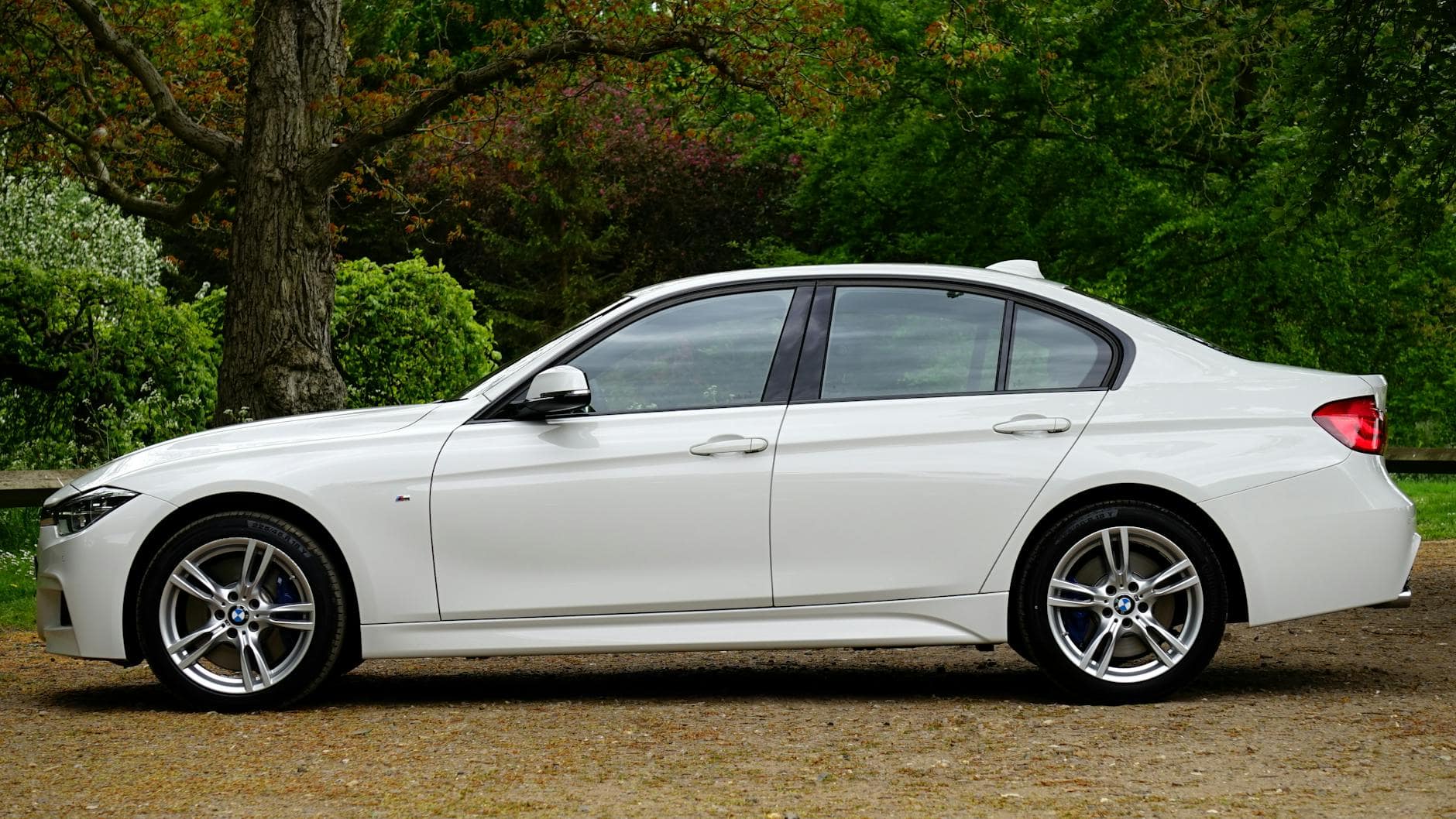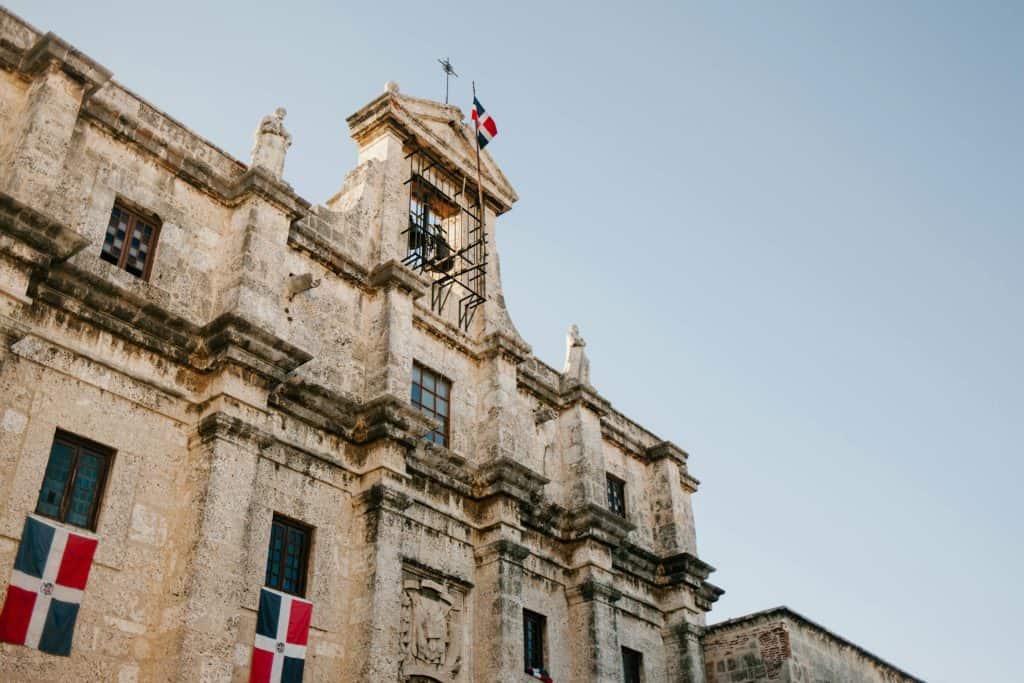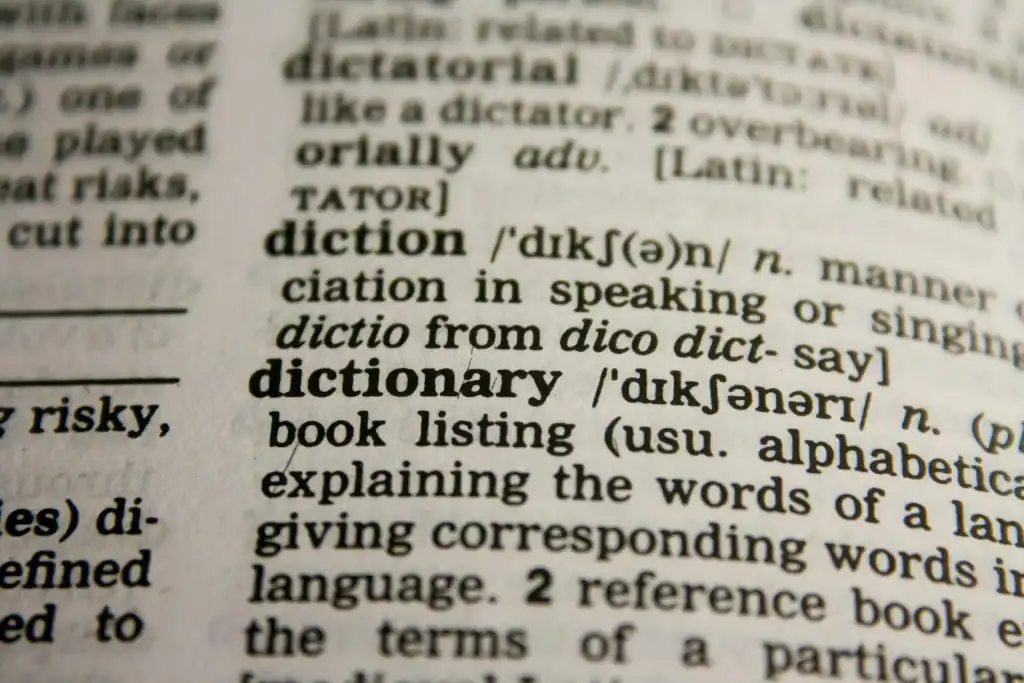Why Road‑Trip Spanish Deserves Its Own Toolkit
Ordering tapas or negotiating apartment leases exercises certain linguistic muscles, yet none prepare you for the moment a rental agent in Sevilla hands you a contract peppered with terms like kilometraje limitado, depósito de garantía, and cargo por infracción. Nor do they cover scenarios such as flagging down a farmer on a gravel track in Chiapas to ask if the canyon view is todo recto or a mano izquierda. Road travel introduces vocabulary about insurance, breakdowns, and geographic orientation—words you hope you will not need but must master before turning the ignition key.
Rather than offer an exhaustive dictionary, this post weaves practical Spanish phrases into the chronology of a real journey: booking, pick‑up, on‑the‑road queries, and drop‑off. Follow the narrative, repeat the Spanish aloud, and the next time you slide behind the wheel abroad you will feel more conductor than confused turista.
Learn Spanish
Booking the Vehicle: Online Chats and Confirmation Emails
Most travelers reserve cars through aggregator sites, then receive a confirmation in English. I still send a follow‑up email in Spanish to verify local pick‑up hours.
Estimados, confirmo la reserva número A‑2357 para el martes 12 a las 10:00 a.m. Quisiera saber si la oficina acepta tarjeta de débito y si el depósito se bloquea o se cobra. Quedo atento a su respuesta.
Using bloquear (to hold funds) versus cobrar (to charge) clarifies payment style. Rental companies reply faster when addressed in their language.
Learn Spanish At the Counter: Opening Gambit and Document Dance
The rental desk often sits behind frosted glass and a line of jet‑lagged customers. When my turn arrives, I hand over passport and license while greeting formally:
Buenos días. Retiro un vehículo a nombre de James Coonce. Aquí tiene mi pasaporte y licencia internacional.
Agents next upsell insurance. I respond with curiosity but caution:
Entiendo que el seguro básico cubre daños a terceros. ¿Cuánto cuesta ampliar a cobertura total sin franquicia?
Key nouns:
- Cobertura total – Full coverage
- Franquicia / deducible – Deductible
- Daños a terceros – Third‑party liability
If I decline extras, I remain polite:
Por el momento me quedo con la cobertura básica. Gracias por la información.
Inspecting the Car: Photograph Everything, Narrate in Spanish
Before signing the damage sheet—hoja de inspección—I walk around the vehicle with my phone camera. I narrate dents aloud so the attendant hears and notes them:
Aquí veo un rayón en la puerta del conductor y una abolladura pequeña cerca del guardafango trasero.
Rayón = scratch, abolladura = dent, guardafango = fender. Speaking those words demonstrates diligence and forestalls blame later.
I also confirm fuel policy:
Entiendo que debo devolver el tanque lleno. ¿Dónde está la gasolinera más cercana a la oficina?
Many agents circle a service station on the rental map and add, “Está abierta las veinticuatro horas.”
Hitting the Road: Spanish Vocabulary for GPS, Toll Booths, and Friendly Advice
I set the GPS voice to Spanish to tune my ear to navigation verbs—gire, incorpórese, manténgase. When an unexpected toll appears, I slow and ask the attendant:
¿Se paga solo en efectivo o aceptan tarjeta?
If they say cash only—solo efectivo—I reply, “¿Cuánto es la tarifa para automóvil ligero?” Having the category ready avoids fumbling for change while trucks honk behind you.
Asking for Directions in Spanish: The Human GPS
Technology fails in valleys and colonial alleyways. I have flagged down everyone from mechanics to grandmothers shelling peas on a stoop. The golden opener is a greeting before the question:
Buenas tardes, disculpe la molestia. ¿Cómo llego al mirador El Cielo?
If the local gestures vaguely, I refine:
¿Sigo todo recto hasta el cruce y luego giro a la izquierda o a la derecha?
Phrases to decode their answer:
- Suba – Go up (often refers to uphill roads)
- Baje – Go down
- Doblar – To turn (Caribbean usage)
- Tome la primera salida – Take the first exit
- Frente a – In front of
- Después del semáforo – After the traffic light
I repeat the directions back for confirmation:
Perfecto, entonces subo hasta el semáforo, doblo a la derecha y el mirador queda frente a la escuela, ¿correcto?
Locals appreciate the echo and correct any mistake on the spot.
Emergency Spanish: Breakdowns and Police Stops
Flat tire on a rural stretch? I call roadside assistance:
Buenos días. Tengo un pinchazo en la carretera 5, kilómetro 42, sentido norte. La llanta trasera derecha está desinflada.
Key vocab:
- Pinchazo / goma pinchada – Flat tire
- Llanta de repuesto / goma de emergencia – Spare tire
- Grúa – Tow truck
If police wave me to the shoulder for a routine check, I keep hands visible and greet respectfully:
Buenas, oficial. ¿Algún problema con la documentación?
Most officers request license and registration—licencia y matrícula. I hand them over and wait. Should they speak quickly, I ask for clarification without aggression:
¿Podría repetirlo más despacio? No soy hablante nativo.
Learn Spanish at the Pump – Fuel Stations: From Full Service to Self‑Service Lingo
In the Dominican Republic, attendants pump fuel. I roll down the window and state:
Llene el tanque con premium, por favor. ¿Puedo pagar con tarjeta?
“Premium” yields the highest octane; “regular” costs less. If the station offers windshield cleaning, they may ask, “¿Le limpio los cristales?” I nod: “Claro, gracias” and tip 50 pesos.
In Spain’s self‑service stations I prepay inside:
Quiero cargar treinta euros en la bomba cuatro, diésel, por favor.
“Bomba” means pump. After fueling, I collect the ticket—ticket de repostaje—which some rental companies request to verify you used the correct fuel.
Navigating Cities: Parking Signs and One‑Way Streets
Downtown signage can be cryptic. Prohibido estacionar means no parking; Estacionamiento regulado signals a pay‑and‑display zone. I ask locals:
¿Se paga con app o con parquímetro?
If using an app, they might say, “Con la aplicación Moviltik; se ingresa la matrícula y el tiempo.” I repeat to ensure I heard right.
One‑way street? The sign “Solo circulación ascendente” still confuses me, so I double‑check with a shop owner:
Disculpe, esta calle, ¿sube hacia el centro o baja al río?
When unclear, pedestrians will guide you better than signage.
Regional Nuances: Spain vs. Caribbean vs. Andes
Spanish dialect affects road terms. In learning spanish abroad, you’re notice that in Mexico, topes are speed bumps; Colombians call them policías acostados (sleeping policemen). Dominicans say policía acostado too but pronounce it “po‑LI‑sia coa‑TA‑o.” When I hear laughter at my Castilian lisp, I switch pronunciation to blend in.
Fuel nouns vary: gasolina extra in Ecuador equals premium in Chile. Diesel can be gasoil, diésel, or gasóleo. I always say both: “Diésel, gasoil, el de la pistola negra.” Color coding saves engines.
Dropping Off the Car: Closing Arguments in Spanish
Back at the agency, I line up behind returning drivers and rehearse my final phrases. Handing keys over:
Entrego el vehículo con el tanque lleno y sin novedades. Aquí están las fotos del kilometraje y la carrocería tomadas hace un momento.
If charged unexpected fees, I question respectfully:
Veo un cargo por limpieza. ¿Podría explicarme el concepto? Devolví el coche barrido y sin basura.
Using concepto rather than “fee” nudges the agent into legal terminology, which must be justified.
Before leaving, I request proof of return:
¿Me facilita un comprobante de recepción y el importe final?
A stamped receipt ends debates before they start.
Final Reflection: Steering Through Language Barriers
Mastering road‑trip Spanish is less about memorizing every term and more about cultivating a courteous cadence: greet first, state need clearly, confirm details, and thank sincerely. Vocabulary like dar de alta or pinchazo acts as road signs within conversation, pointing both speaker and listener toward a smooth exchange.
On my latest drive from Puerto Plata to Las Terrenas, a coconut vendor laughed at my battered accent yet drew a map in the dust on my hood, marking each fork with a coconut icon. No app could match that human warmth. When I pulled into town an hour later, engine humming and Spanish swirling confidently in my ears, I realized the open road rewards those who speak to it respectfully—in any language, but especially in the one locals call home.
Buen viaje y que tengas el tanque lleno y el vocabulario a tope.



